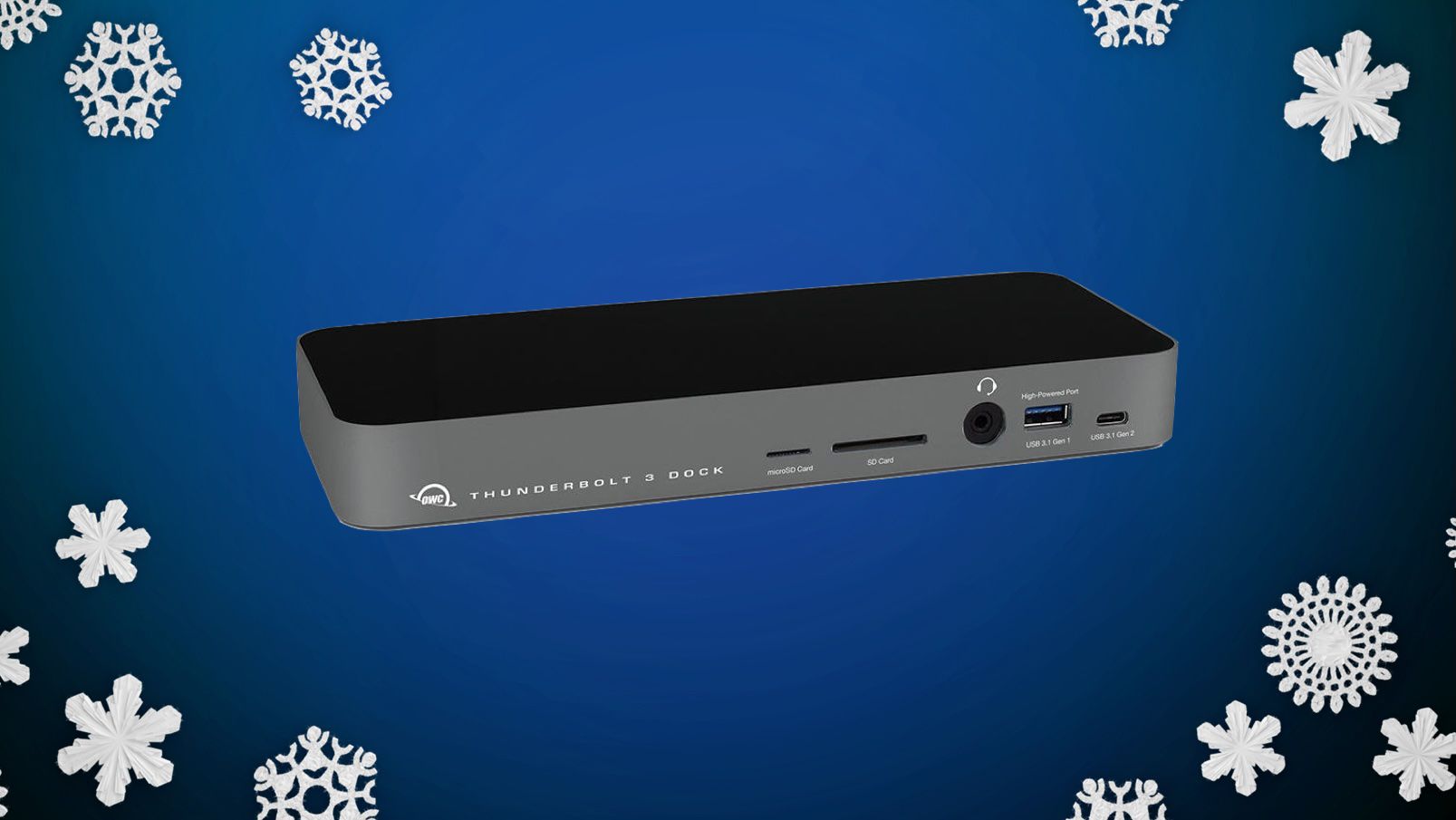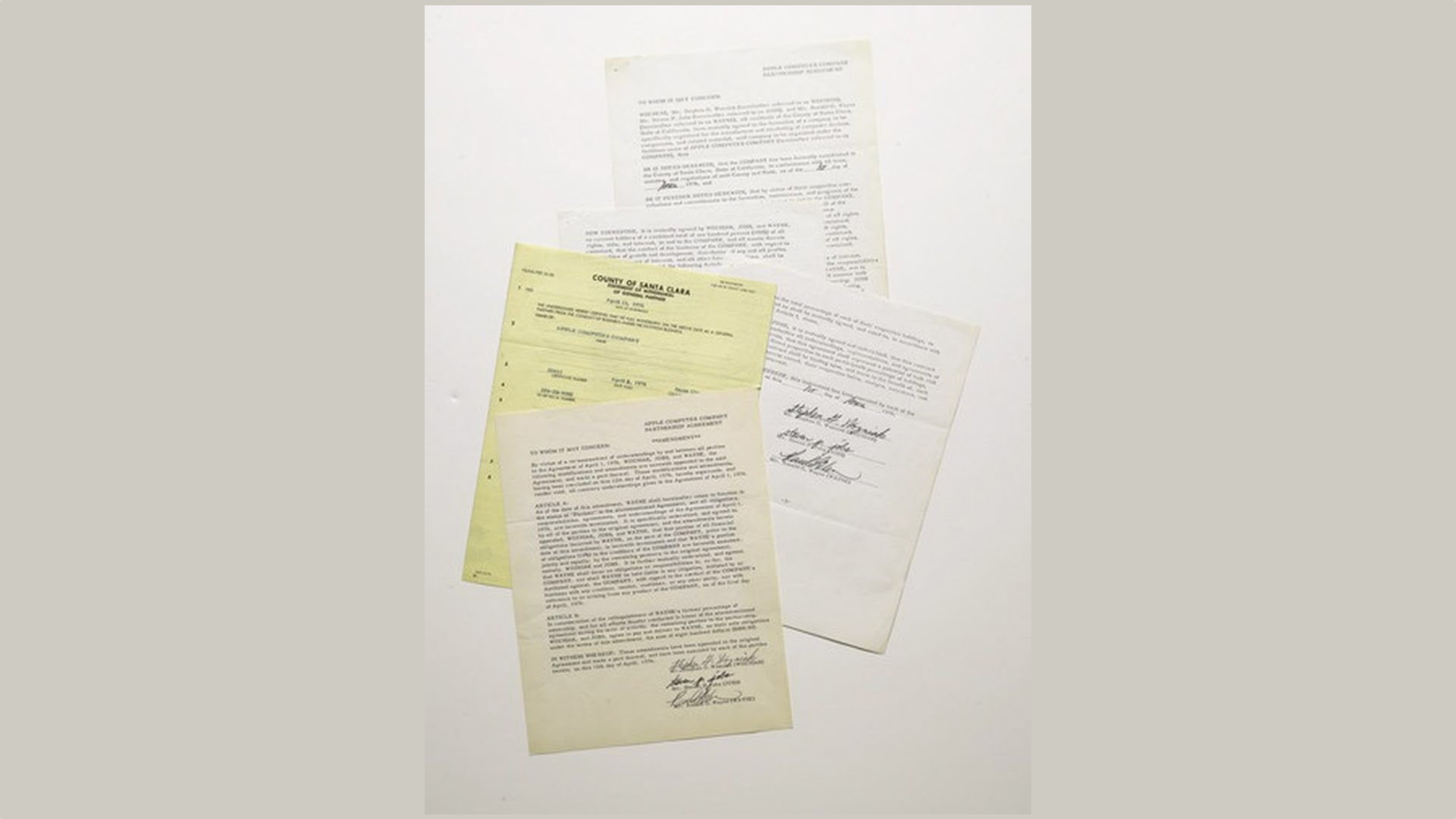Let's face it — when people think "solar technology," they imagine futuristic panels, AI-powered inverters, and maybe a cool drone doing thermal inspections.
More HeadlinesABB to modernize automation systems at solar power plants in Spain Alternative Energy Market Outlook 2035: Global Market Valued at US$ 1121.6 Bn in 2024 Expected to Reach US$ 4018.0 Bn by 2035 with a CAGR of 12.3% Driven by Decarbonization Targets, Technology Advancements, and Government Policies
Sodium-Ion Batteries: A Practical Look at a Promising Lithium Alternative ISO 42001 Certification: The Future of Responsible AI Governance Envision Energy and GES Partner to Scale Energy Storage and Wind Power Across Spain and Europe, Powering a Clean Energy FutureArticlesBattery Powered Generator vs Solar Powered Generator: What is the Difference? Energy Storage Technology: A Vital Component of a Modern Power Grid Blackmon Power Fast-Tracks Asset Monitoring with Flir i65 and Condoit App Recent Progress in the US EV Industry: Greener and Safer EV Battery Technologies Recent Advances in Solar Cell Technology for Transportation Applications
Almost nobody thinks about the thin metallic strips quietly doing all the heavy electrical lifting:
PV ribbons and solar interconnects.
These little connectors are like the backstage crew at a rock concert — unnoticed, underappreciated, but absolutely essential.Without them, your solar panel is just fancy glass sunbathing on the roof.
So today, we're clearing the air (and maybe breaking a few myths) with the 10 things people consistently get wrong about PV ribbons and solar panel interconnection materials.
Why I'm Qualified to Talk About PV Ribbons (EEAT Flex)
I've spent years working directly with solar PV interconnect materials, module assembly processes, solder joints, micro-crack diagnostics, and even those painfully thin busbar ribbons that snap if you breathe too hard near them.
I've tested them.Broke them.
Installed them. And once dropped a reel of ribbons on my foot.(10/10 pain.Do not recommend.) So yes — this is experience speaking, not copy-paste solar hype. What People Get Wrong About PV Ribbons — And the Real Truth "Ribbons are just there for decoration." Nope.
They're not solar jewelry. They're the electric highways that carry current between cells. No ribbons = no electricity. No electricity = sad customer + warranty claim. "All PV ribbons are the same." Absolutely not. There are: Flat ribbons Wire ribbons Light-capture ribbons Ultra-soft flexible ribbons Low-temperature ribbons High-conductivity ribbons Choosing the wrong one is like using USB-A when you needed USB-C. Keyword: PV ribbons "Coating thickness doesn't matter." Oh, it matters. A LOT. Tin and tin-silver coatings determine: Solderability Bond strength Longevity Thermal performance Too much or too little, and your solder joints behave like moody teenagers — unpredictable and easily cracked. "Busbar ribbons don't affect efficiency." They can increase efficiency by reflecting light back into the cell. Yes — the ribbon literally gives the cell a second chance to catch photons. That makes solar PV busbar ribbons one of the cheapest efficiency upgrades in a module. "Ribbons don't influence panel lifespan." Interconnect failure is one of the top contributors to: Hot spots Cell cracks Power loss Early degradation If solar panels had medical reports, "interconnect fatigue" would be the chronic issue. "Stiffness doesn't matter." A too-stiff ribbon can cause: Micro-cracks Solder fatigue Delamination Modern PV interconnect materials are engineered for flexibility so they can breathe with the expansion and contraction of temperature changes. Your panel does yoga daily — the ribbons must too. "Soldering is easy." Nope. Soldering interconnects requires: Precise temperature Controlled pressure Proper wetting Zero voids Perfect alignment It's basically surgery — but hotter, faster, and with metal instead of organs. "All panels use the same interconnect system." Technology is moving fast: TOPCon → needs special low-temp ribbons HJT → demands ultra-flexible, low-stress ribbons Shingled cells → use wire interconnects Tandem cells → sensitive to heat If you install the wrong ribbon… well, let's just say "performance drops faster than my phone battery at 5%." "Ribbons don't evolve." They're evolving faster than your favorite smartphone: Laser-soldered ribbons Zero-busbar designs Multi-wire interconnects Conductive adhesives Reflective coatings Ultra-thin alloys The race for efficiency doesn't stop at the cell level — ribbons are getting smarter too. "Without ribbons, the panel would still work." No.Nope.Never. A solar panel without interconnects is just a really expensive roof ornament. Solar interconnects = Functional electricity. Without them, your solar module is basically on a permanent holiday. Conclusion: Time to Appreciate the Real MVPs of Solar Panels PV ribbons and solar interconnects aren't glamorous, but they're essential. They: Carry current Boost efficiency Protect cells Reduce micro-cracks Improve reliability Help the panel survive 25 years of heat, cold, wind, and rain So next time someone brags about their solar panel efficiency, ask them: "Cool, but what ribbons does it use?" This is how you instantly sound like the smartest person in the room — trust me. And remember: "Whether you're in solar for the engineering, the environment, or just to show off at parties, PV interconnects are the reliable friends who keep everything connected — literally." Bring curiosity.
Bring humor.
The solar industry is full of surprises — especially the shiny metal ones.
FLIR PV kits are designed to assess the performance, safety, and efficiency of residential, commercial, and industrial solar panels and photovoltaic systems.PV kits from FLIR help you diagnose faults and potential failures and ensure optimal energy production, system longevity, and compliance with industry standards.With a PV kit from FLIR, you'll be perfectly equipped for any solar installation or repair.








